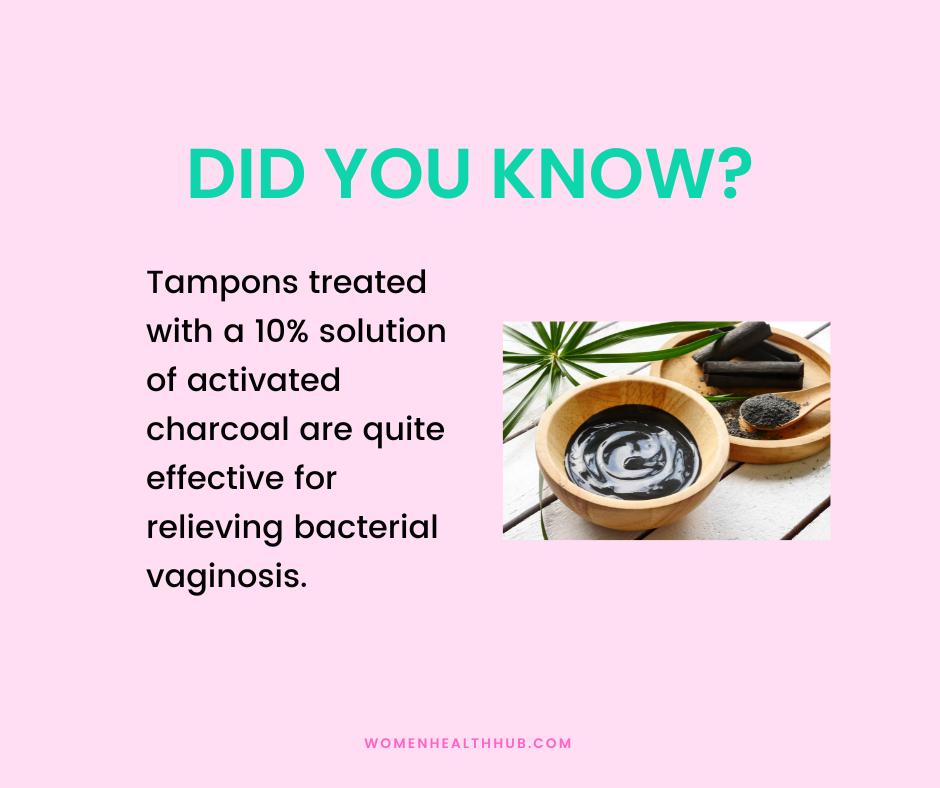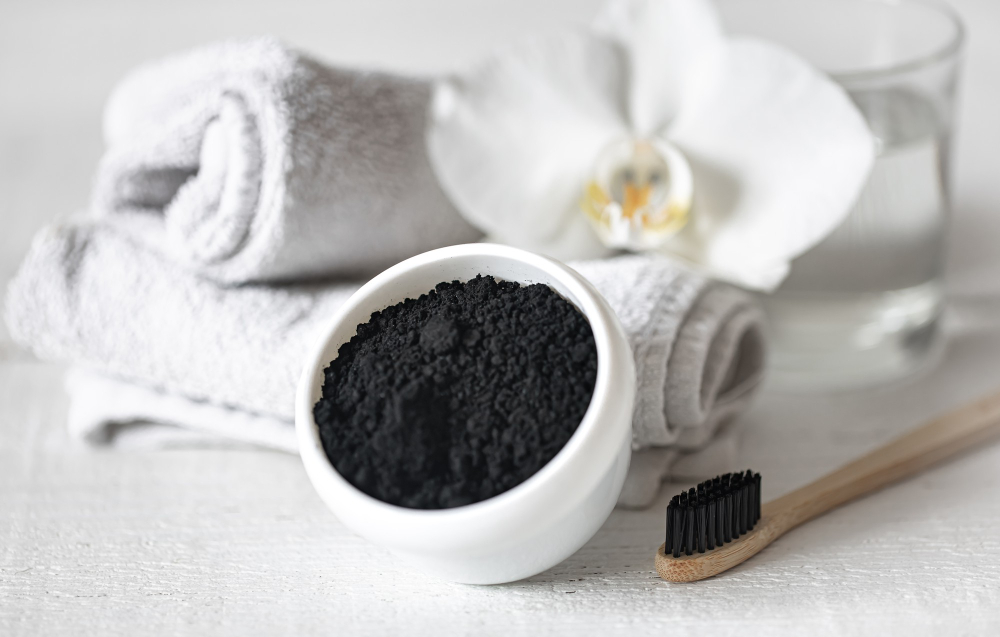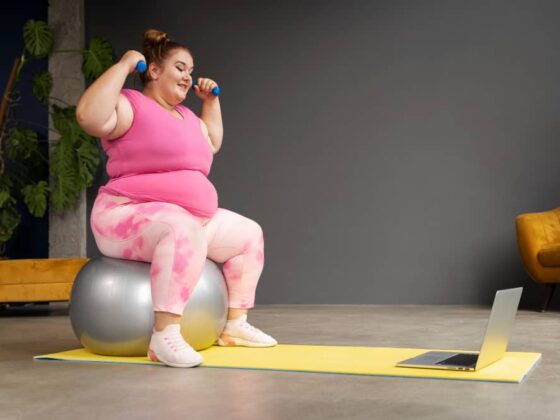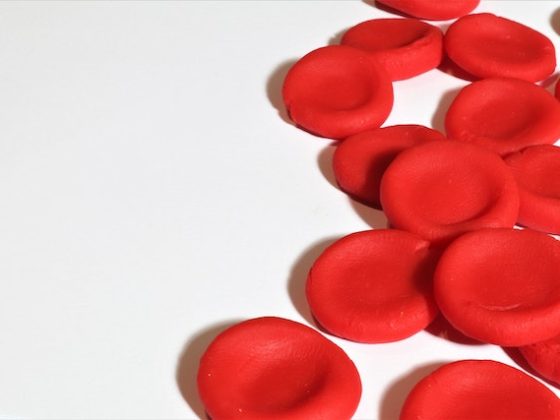Hey there! This post may contain affiliate links. As an Amazon Associate, I earn a teensy commission from qualifying purchases when you buy through these links (at no additional cost to you). For more info, please check the full disclaimer.
Bacterial vaginosis (BV) is a common vaginal infection that can cause pain and discomfort in women. It can occur at any age, but it is more common in women of reproductive years. BV affects around 30% of women.
While BV may not be considered a very serious problem, untreated BV can lead to pelvic inflammatory disorders, pregnancy complications like early labor, abortions or low-birth babies, and infections after surgical procedures like C-sections or D&Cs.
What is Bacterial Vaginosis
The vagina typically contains a balance of good and bad bacteria, known as the normal vaginal flora. A healthy vagina contains ample beneficial bacteria. However, if the balance is upset, bad bacteria like the Gardnerella vaginalis can grow out of control and cause BV.
BV is most common in sexually active women or women with multiple partners. Other things that can increase the risk of getting BV are douching, insertion of an IUD, pregnancy, lack of feminine hygiene, or having a weak immune system.
The symptoms of BV can vary from woman to woman. Some women may have no symptoms at all. Others may experience a thin, gray, or white vaginal discharge with a strong, fishy odor.
You may also experience pain or burning during sex, irritation or itching around the vagina, or painful urination.
Read More: How to Improve Summer Feminine Hygiene
Most Common Treatment for BV
BV is typically treated with antibiotics. However, a study published in Microbial Pathogenesis showed that there is a 76% chance of recurrence of BV within 6 months with just antibiotics treatment.
Using antibiotics usually has many side effects, such as nausea, diarrhea, and yeast infections. They can also kill the good bacteria along with the bad ones, which can lead to the recurrence of BV or other infections. In recent years there is a growing concern about antibiotic resistance.
Hence, experts also recommend alternative treatments.
So far, alternative treatments to treat symptoms of bacterial vaginosis include probiotics, acidifiers, phage therapy, and charcoal. Among these, activated charcoal has shown incredible benefits for BV.
Is it Safe to Use Activated Charcoal for Bacterial Vaginosis Treatment?
Activated charcoal is a fine black powder made from bone char, petroleum coke, coal, or sawdust. It has the unique property of “absorbing” things, like fluids and smells.

According to a study, tampons treated with a 10% solution of activated charcoal are quite effective for relieving BV. They help reduce the amount of discharge and odor in women without affecting the lactobacilli population.
In addition, there are no adverse effects to using activated charcoal for bacterial vaginosis.
Scientists believe that activated charcoal absorbs toxins and odors from bacteria, which is useful in controlling the disease.
While activated charcoal is generally safe to use, if taken by mouth, it may cause stomach issues like swelling, pain, or diarrhea. Activated charcoal may also interfere with any other medications that you might be taking, so use it only after consulting with your doctor.
Read More: Home Remedies for Bacterial Vaginosis
How to Use Activated Charcoal for BV
You can use activated charcoal for bacterial vaginosis treatment in two ways.
- Using A Tampon
First, get some cotton tampons and activated charcoal powder. Next, mix the charcoal with some water to make a smooth paste. Use a spoon to spread the paste over the tampon and let it dry completely overnight. Use the dried tampon when you are ready. Insert the tampon as you normally would, and use up to 8 hours.
You can use these activated charcoal tampons up to twice a day.
- Insert in Vagina
Get charcoal tablets or capsules from the pharmacy. Insert 2 tablets into the vagina at bedtime. You may squat or lie down in a comfortable position to make it easy. Use a pantyliner afterward to avoid making a mess.
You can use the charcoal vaginally once a week at bedtime.
If your symptoms persist or worsen, make sure to see a doctor. You may need other therapies like antibiotics for treating BV.
Keep in mind: Activated charcoal is not a medically recommended treatment. You may want to speak with your doctor before you try it.
Conclusion
Bacterial vaginosis can cause pain and discomfort. Typically antibiotics have been used to treat the condition, however, research has proven alternative treatments, such as activated charcoal for bacterial vaginosis treatment at home.
However, activated charcoal is not a cure for BV. It may only provide temporary relief of symptoms, but it does not address the underlying cause of the infection. It may also interfere with medications and cause digestive issues. Avoid using activated charcoal as a replacement for proper medical advice or treatment. If you experience symptoms of BV or any other vaginal infection, it’s best to talk to your doctor before trying any home remedies
References:
- https://obgyn.onlinelibrary.wiley.com/doi/10.1111/j.1471-0528.2001.00124.x
- https://www.cdc.gov/std/bv/stdfact-bacterial-vaginosis.htm








